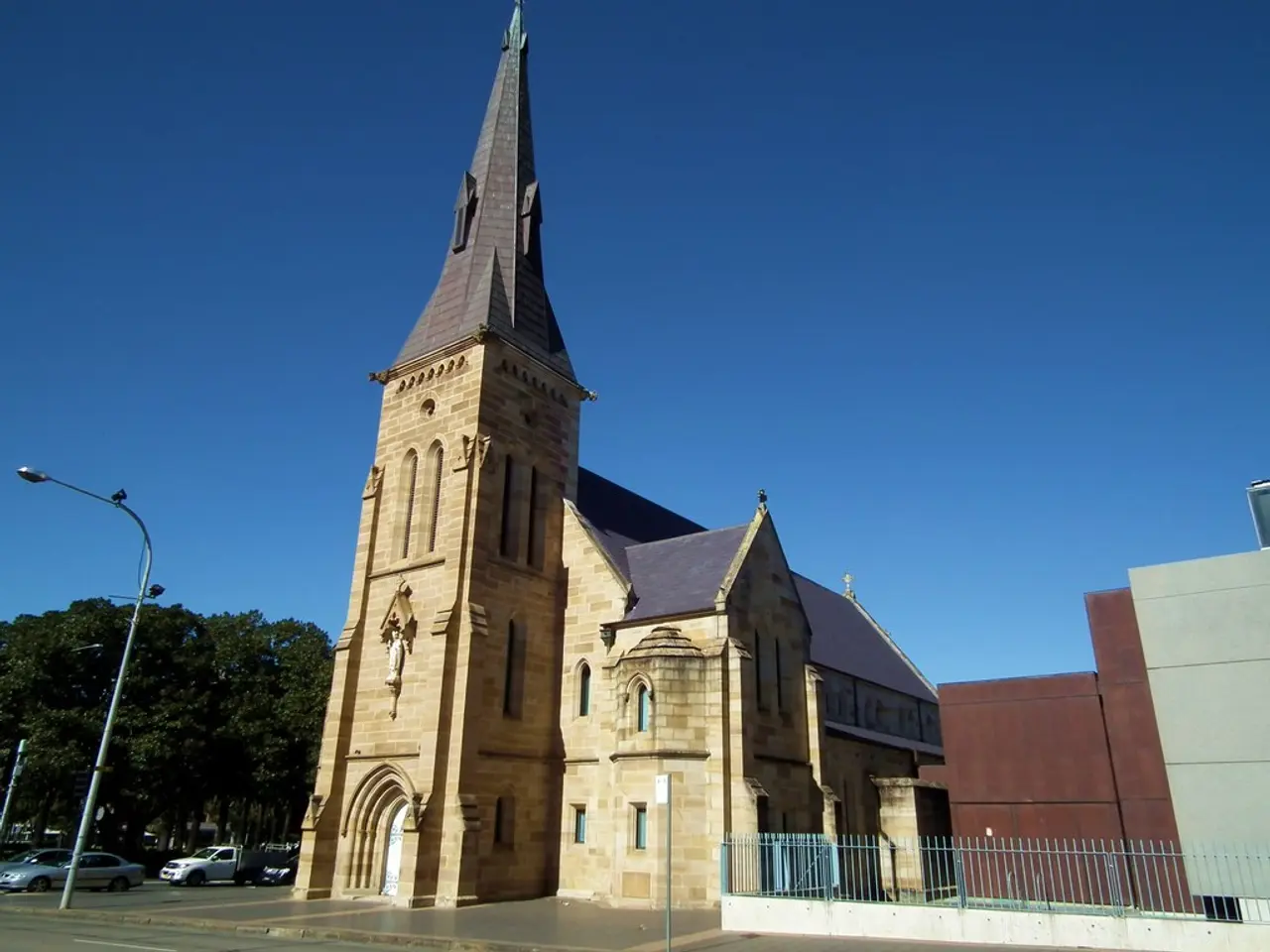Local authorities in Sverdlovsk reveal the destination of funds from the Ekaterinburg tournament.
In the heart of Russia, the city of Yekaterinburg is making strides in its tourism sector and urban development. At a recent press breakfast during the "Ural Week of Tourism," Ekaterina Forukshina, the Director of the Department of Public Relations of the Administration of Yekaterinburg, emphasized the city's commitment to keeping up with the times.
According to Sberanalitics, Yekaterinburg welcomed approximately 2 million visitors in 2024, marking a significant increase in tourism activity. The city has been actively working on a strategic plan for its development, with a focus on enhancing public spaces, tourist routes, and creating new attractions.
One of the key elements of Yekaterinburg's development strategy is the tourist tax, which has proven to be a lucrative source of revenue. The city brought in 62 million rubles from tourist tax, making it the highest revenue generator among the municipalities. Sysert, another area within Yekaterinburg, follows closely behind, generating the second highest revenue from tourist tax among the eleven municipalities that introduced the tax on January 1, 2025.
The funds collected from the tourist tax are being used to improve public spaces, develop tourist routes, create new locations, and organize events. For instance, in Yekaterinburg, funds were used to decorate trees, flower beds, and small architectural forms such as benches, dance platforms, and rain and sun shelters on 1905 Square. Architectural lighting with different scenarios was also installed.
A new parking lot for tourist buses is planned near the information center in Sysert, further enhancing the city's tourism infrastructure. However, specific details about this project, as well as other new funding allocations or usage, were not provided.
Despite the absence of specific data on the number of visitors in the first half of the year, representatives from the administration noted that the additional budget revenues from the tourist tax will help promote the city. The modernization of Yekaterinburg's tourist website is also underway, where all necessary information will be collected.
The growth in tourism in the Sverdlovsk region is not limited to Yekaterinburg. Most visitors to Yekaterinburg come from neighbouring regions such as Chelyabinsk and Tyumen, as well as Perm Krai, KhMAO, Moscow and St. Petersburg, Kazakhstan, Belarus, Uzbekistan, and China.
While the exact impact of the tourist tax on Yekaterinburg's development and modernization cannot be definitively stated without specific data, it is clear that the city is capitalizing on its tourism potential to fund infrastructure, cultural projects, and urban modernization tied to tourism growth. For precise and updated details, consulting official Yekaterinburg municipal or regional government sources would be necessary.
References: 1. Tourism in Russia 2. Local Taxes in Russia 3. Tourism Sector Growth in Russia 4. Economic Impact of Tourism Taxes
Tourists visiting Yekaterinburg in 2024 encountered enhanced public spaces and new attractions, thanks to the revenue generated from the tourist tax. On sunny sports days, visitors can relax at 1905 Square, where funds from the tax were used to install architectural lighting and decorate surrounding areas.






